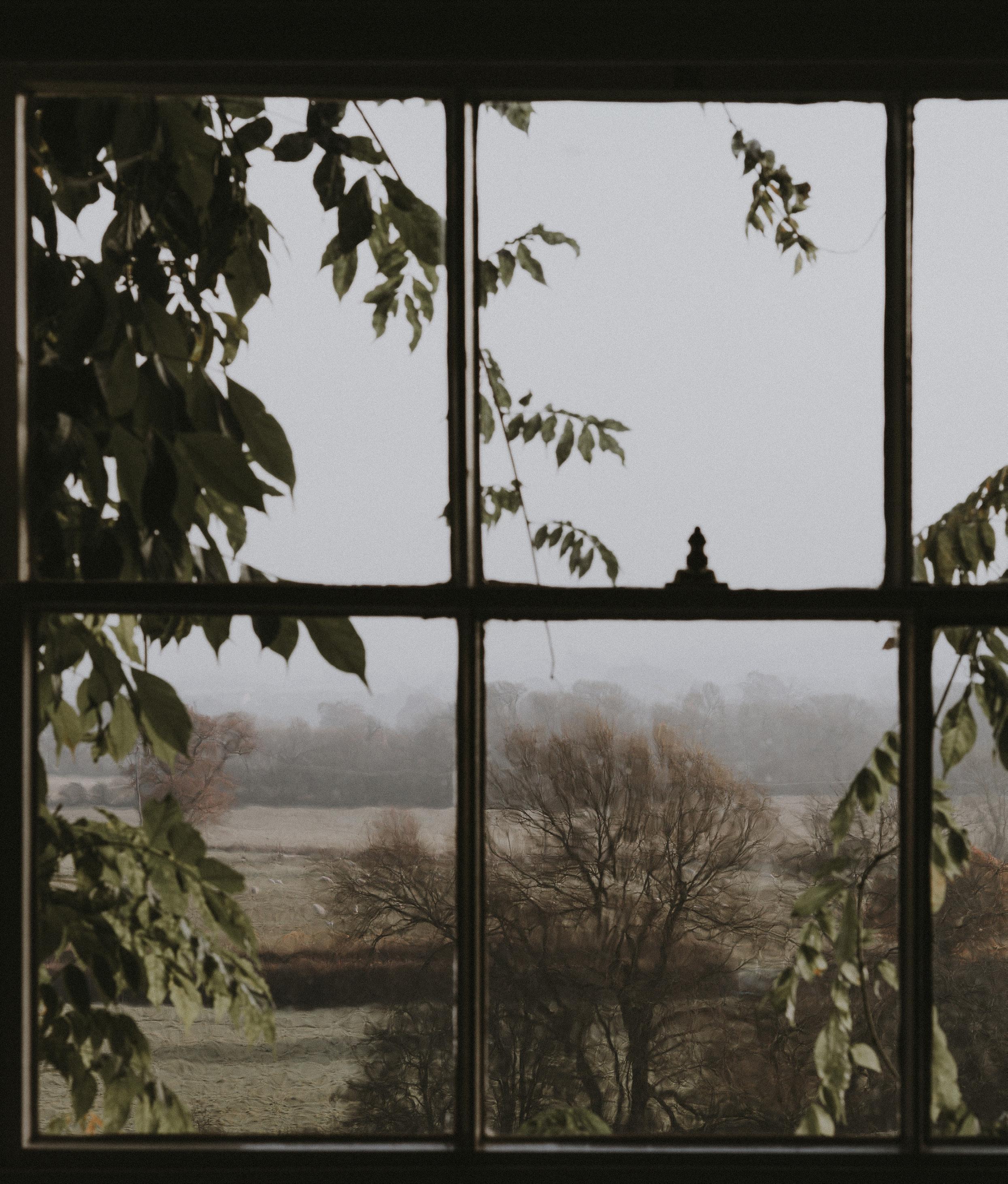

The real voyage of discovery consists not in seeing new sights, but in looking with new eyes
marcel proust 1871-1922
Meditative movement
The body is sometimes compared to a house. By making contact with our body, we can get the feeling of coming “home”. In this training you will not only learn to look at your thoughts and feelings in a different way, but also to be more aware of physical sensations. If you tune yourself more into your body, you can listen better to the messages that your body sends and respond to them earlier or better.
There are all kinds of methods to practice to “be more present in your body”. We have already done one of them, the body scan.
Other ways to increase attention to physical sensations are walking meditation and yoga (movement meditation)
The walking meditation
With this form of meditation you focus your attention on your body while you walk.
Session 3
This meditation can help you to close yourself off a bit more from stimuli from the outside world. When we walk, this usually has a reason. The most common reason is that we want to move from one place to another. The body is then, as it were, the driver of the mind. If the mind is in a hurry, so is the body.
Because we often live in an unconscious way, walking is something we take for granted.
Walking meditation involves deliberately paying attention to the experience of walking itself. You focus your attention on the physical sensations in your legs or your feet and you try to be aware of each movement individually.
You’ll notice that your mind also tends to wander in this exercise. But you can bring your attention back to the (changing) sensations in your feet or other parts of your body every time. Through this meditation you can get more contact with your body. This allows you to listen better to the messages that your body sends out and respond to them earlier or better.


How do you do the exercise?
You can perform the walking meditation in different places. You can do it at home, but also in a park or on the street, for example. The advice is to practice at home first. This is how you get to grips with the technique. Just make sure you have enough space. You can choose to walk back and forth, but you can also take a longer route or walk in a circle. Choose a way that you experience as pleasant. In the beginning it is wise to take a fixed time and place. If you experience the walking meditation as pleasant, you can apply it more often. You can also walk in a conscious, attentive way in other situations (at work, in the city, etc.). If you do the exercise outside, do so in an environment where there is no/little traffic.

Yoga is an ancient body practice from India that has branched out into different currents. Yoga means connecting or uniting. Uniting body and mind through breathing techniques and postures. Calm exercises are done that strengthen the body and are performed slowly. It is important that you are aware of your breathing and the physical sensations that occur during the various exercises.
Yoga is practiced in the same way as the body scan is practiced; Without purpose and without coercion. You try to accept your body as you experience it from moment to moment. With the help of yoga (or movement meditation) we can make direct contact with the consciousness of our body. The body is the place where emotions are often expressed beneath the surface, without us being aware of it. It offers us an angle to look at our thoughts and feelings.
The movement meditation can therefore help you to get more in touch with your body and to better feel your physical limits. It can also help to get your attention ‘out of your head’ and into your body. Especially if you do the meditation at the moments when you have a lot of thoughts and your head feels very ‘full’. You then shift the attention from the thoughts in your head to the feelings in your body. This distracts your thoughts and can allow you to distance yourself from any problems and see them in a different perspective.

How do you do the exercise?
• There are all kinds of different movement meditations. Various yoga exercises can be found on the internet and in booklets. Choose exercises that appeal to you and that do not put too much strain on you physically.
• It is difficult to indicate how long a movement meditation should last. It depends entirely on what you like. You could start with 5 to 10 minutes. If you like it, you can expand it.
• The type of exercises also depends on your physical well-being and your condition. People with physical discomfort can do very simple exercises, while people who are in good shape can do more complicated exercises. Take a good look at what suits you and keep physical boundaries. When an exercise hurts a lot, it’s better to do an easier exercise.
• The moment at which you do the exercises also depends on what is pleasant for you. Some people do the exercises in the morning to wake up well and start the day well. Others prefer to do them in the evening to relax from the day. If you do the exercises to get “out of your head,” you’re better off doing them in the afternoon or evening. In other words: experiment with different times and research which ones suit you best.
It is important to emphasize that you are not supposed to feel pain or that the limits of your body are exceeded. So pay attention to yourself and make a wise choice when feeling how long you maintain a certain posture. Here too you can learn about yourself and your patterns. You can make a movement from softness and kindness. Or are you inclined to strive? Realize that it is not a competition with yourself and or others.
The exercises have different effects for people. Sometimes people indicate that the meditations in motion are easier for them to stay with attention. Others experience that the exercises remove tension and are soothing. Others are more aware of where the tension builds up in their bodies. By dealing with yourself and your limits in a responsible way, these exercises can contribute to releasing built-up tension.


Chocolate exercise
Choose a bar of chocolate. Maybe one you’ve never eaten before.
-Open the package and sniff the scent. Take in this scent
-Break off a piece and look at it. Take in what you see with your eyes, look at all the details
-Now put it in your mouth. Put it on your tongue and leave it there and just let it melt without sucking on it. Chocolate has 300 different flavors so see if you can see some of them.
-If you find yourself straying, go back in a friendly way.
-when the piece of chocolate has melted, you swallow it very consciously. Let it slide down your throat. Notice what you perceive.
-So you can do that again with the next piece
What’s different now. Did you notice any other things? What did it do to eat at this rate?


Exercises for next week at session 3

1 Do the short sitting meditation for 5 days.
2.Do a walking meditation or movement meditation every day.
3.Watch or hear exercise
For the see or hear exercise you need a window. The assignment is to look outside and pay as much attention as possible to what you see and thereby let go of the categories that you normally use to understand what you see. When you look, you are subconsciously naming what you see: a tree, a car, clouds, a window, etc. This unconscious process takes you away from the experience of seeing in the moment; patterns of color, shape and movement. As soon as you find yourself starting to think about what you’re seeing, bring your attention back to the seeing itself in a friendly way. It can help to imagine that you once observed as a baby without words. Babies have no words for the things they see, they only experience the color patterns, shapes and movement.
If you don’t have a window in the room, you can do the hearing exercise. You then listen to the sounds in the room. Listen consciously without thinking through the sounds. Listen consciously and let go of the categories you normally use to understand what you hear. Instead of hearing a chair slide or someone coughing, hear the sounds as patterns of height, tone, and volume. Every time your mind wanders, you return to listening in a friendly way.

We have now reached the end of week 3. You have read the texts, done the assignments, listened to the audio files daily and thought about yourself in this way. Now briefly summarize what you have learned from this session.
1. What do you take away from this session
2. what are you going to do next week
3. What will this bring you?

